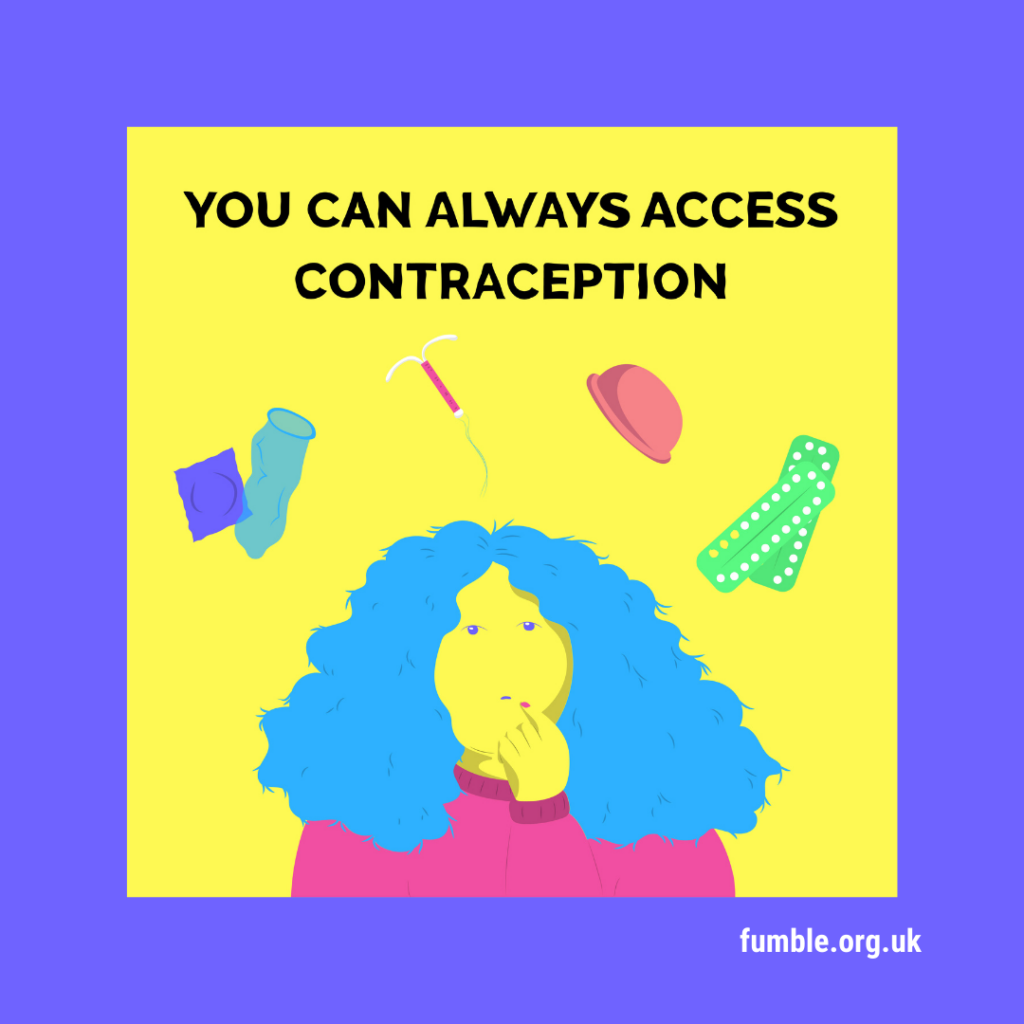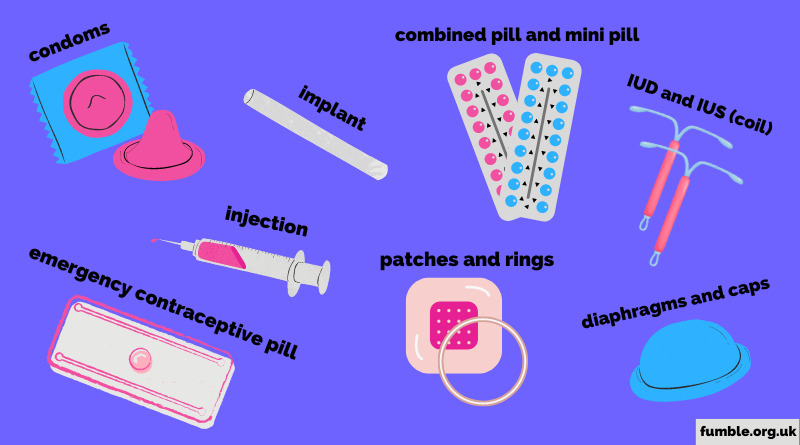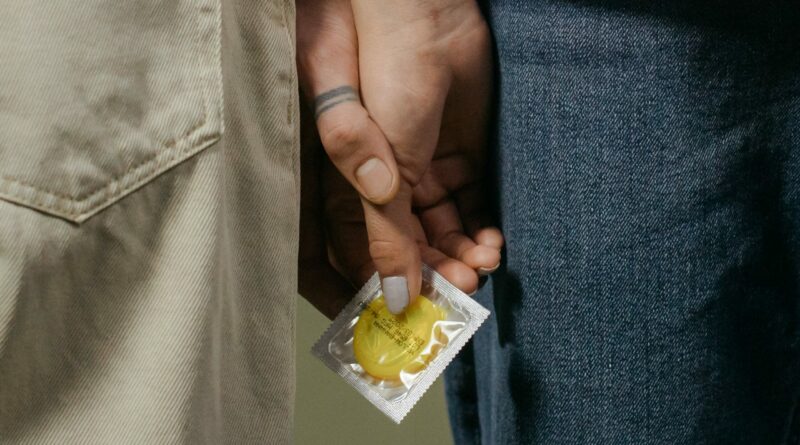8 contraception methods you need to know about
There are so many more contraception methods than the well-known pill and condoms, so let us help you wise up
Everyone’s body is different, so what works for someone else may not work for you. Thankfully there’s plenty of contraception options to choose from to help prevent unwanted pregnancies. Here’s your guide to some of the choices out there.

1. Internal condom
Meet the femidon or internal condom! It works in the same way as condoms, by stopping sperm entering the vagina, but fits inside the vagina rather than on the penis. It’s made of polyurethane, which means you can use any lube (unlike condoms), such as body oils, creams, or lotions. This is used instead of a condom. Don’t use both. Because it’s a barrier method of contraception (literally putting a barrier between you and the other person), it also protects from sexually transmitted infections (STIs).
2. Contraceptive injection
The injection contains the hormone progestogen, which stops the release of an egg each month so you don’t become pregnant. It lasts 8-13 weeks, it’s super handy for those who may forget to take the pill daily.
3. Contraceptive implant
The implant is a small flexible rod that’s inserted under your skin in the upper arm, which releases progestogen. It lasts for 3 years. In the first few months you may notice headaches, breast tenderness, nausea, or mood swings. Don’t worry, if you change your mind you can get it removed by your GP.
4. The patch
The patch is a small and works like a plaster, sticking to someone’s skin, and releasing oestrogen and progestogen into the body. It’s visible, but you can stick it somewhere discreet so it’s unlikely to be noticed. It’s also sticky enough to wear in the shower, swimming pool or sea. It needs to be changed every week.
5. Intrauterine device (IUD), known as the ‘copper coil’
The IUD is the only long acting reversible contraception (LARC) that doesn’t contain hormones. It’s very small and it goes in the womb, inserted through the vagina by a trained doctor or nurse. It lasts 5-10 years and it can be also used as emergency contraception, as it’s effective immediately after insertion. The copper in the small device works as a repellent for sperm.
6. Vaginal ring
The vaginal ring is a soft, plastic ring that you place in your vagina. It produces oestrogen and progesterone to stop pregnancy. You wear it for 21 days, then take a 7-day break. And repeat! You’re protected during the 7-day break if you used it correctly. During the break, you may bleed. This isn’t a proper period, it’s caused by changes in hormone levels.
7. Combined pill
This is usually called ‘the pill‘, and it’s ‘combined’ because it contains both oestrogen and progesterone. You take one pill at the same time every day for 21 days, then stop for 7 days. During this week you may bleed, but it’s not a proper period, it’s just changes in hormone levels. Then you begin the 21-day cycle of taking the pill everyday again. If you forget to take the pill, or have vomiting/diarrhea, this can affect how well it works, so use a condom during sex for the next week.
8. Progesterone-only pill
This is often called ‘the mini pill‘ and it’s similar to the combined pill, but only releases progesterone. This pill is taken every day, at the same time. It’s really important that this pill is taken at the same time every day, otherwise it won’t be effective at preventing pregnancy. If you forget to take the pill, or have vomiting/diarrhea, this can affect how well it works, so use a condom during sex for the next week.

One extra bonus contraception method: although rarely used today, diaphragms and caps are also available, so ask your doctor if you’re interested in trying one of these.
Finally, while it shouldn’t be used as a regular contraceptive option, emergency contraception is always there to prevent a pregnancy if your other contraceptive methods fail. Emergency contraception is available in the form of either the emergency contraceptive pill (to be taken within 5 days of unprotected sex) or by having an IUD fitted.
Now what?
If you still are unsure about your options, check out Brook’s handy contraception tool. You can also discuss these contraception methods with your GP or visit your local sexual health clinic. It may take a while for you to figure out what contraception works best for you, but that’s okay and very normal. Take your time and do what feels right for you.
Other support
- Dental dams
- Free condoms: Where to get your hands on them
- Brook – Which contraception is right for you?
Read more
Last Reviewed 20 April 2023
Image Credit: cottonbro studio via Pexels





